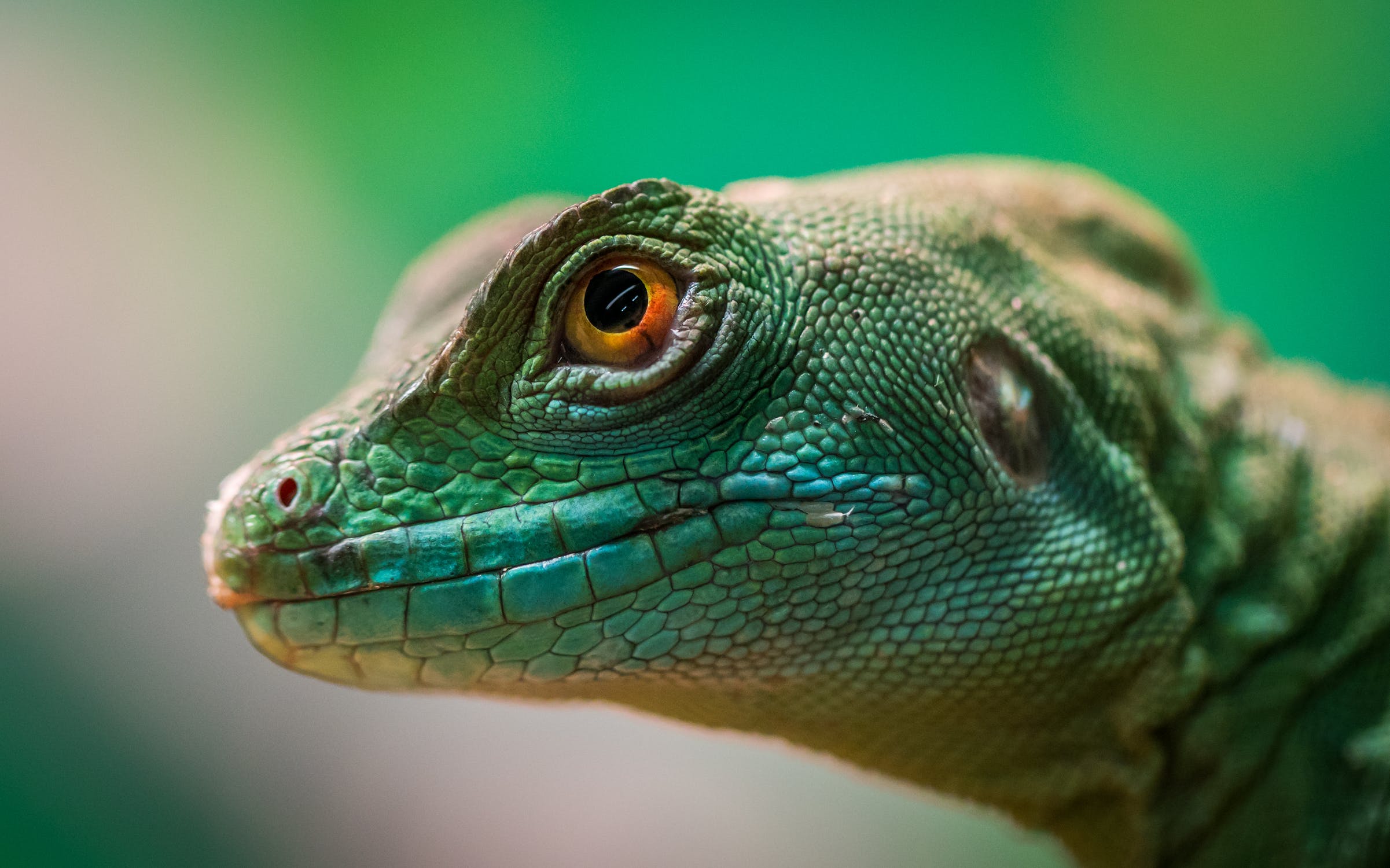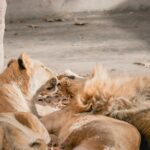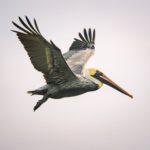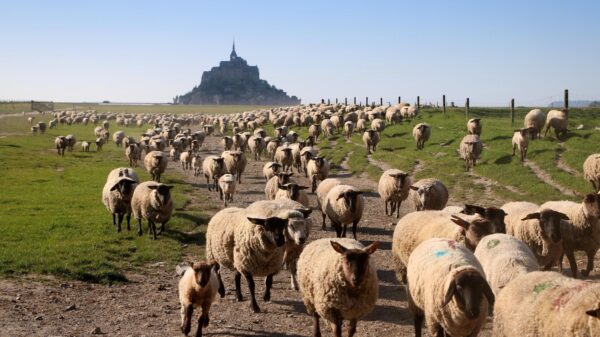Welcome to a world where the roar of lions, chirping birds, and buzzing bees come alive. A world that is home to millions of species who have lived on this earth way before humans did. They are the animals, and they live among us in ways we can hardly imagine. From towering elephants to tiny ants, wildlife has always been fascinating for us all.But beyond what we see on National Geographic or Animal Planet lies a whole new universe that remains unseen by most people. It’s time to unveil The Secret Lives of Animals and explore the wonders of wildlife like never before!In this blog post, we’ll take you on an exciting journey through some of the most incredible animal behaviors from around the globe. You will discover how these creatures communicate with each other using unique sounds and gestures, how they form complex social structures within their communities, and how they adapt themselves to survive in harsh environments.So buckle up your seatbelts because it’s going to be one wild ride! Are you ready? Let’s begin exploring!
Introduction to the Secret Lives of Animals
Most animals have secret lives that are largely unknown to us. By learning about the secret lives of animals, we can gain a greater understanding and appreciation for wildlife.
There are many ways to uncover the secrets of animal behavior. Scientists use a variety of methods, including observation, experimentation, and tracking. Technology has also played a role in revealing the hidden world of animals.
One of the best ways to learn about the secret lives of animals is to observe them in their natural habitats. This can be done by visiting parks and nature reserves or even your own backyard. By taking the time to watch and listen, you may be able to discover some amazing secrets about the animals that live around you.
Types of Wild Animals and their Habits
There are countless types of wild animals in the world, each with its own unique habits and behaviors. From the smallest rodents to the largest mammals, there is an incredible diversity of wildlife to be found on every continent.
One of the most fascinating aspects of studying wild animals is observing how they adapt to their environment. Some animals are very shy and reclusive, while others are quite social and interactive. Some species are highly migratory, while others remain in one place for their entire lives.
No matter what their habits may be, all wild animals play an important role in their ecosystems. By understanding more about the secret lives of animals, we can help protect them and ensure that they thrive for generations to come.
The Benefits of Observing Wild Animals in Their Natural Habitats
There are many benefits to observing wild animals in their natural habitats. By doing so, we can gain a greater understanding of their behavior and ecology. Additionally, we can learn how to better protect these animals and their habitats. Finally, observing wild animals can be a truly magical experience that brings us closer to nature.
Dealing with Human Interference on Wildlife
As human populations continue to grow and expand into new areas, the chances of coming into contact with wildlife also increase. Unfortunately, not all interactions between people and animals are positive. In some cases, humans can unintentionally cause harm to wildlife through activities such as pollution, habitat destruction, and introduction of non-native species. Additionally, there is a growing problem of people purposefully harming animals for various reasons such as trophy hunting, poaching, and illegal trade in animal parts.
When it comes to dealing with human interference on wildlife, it is important to first try to prevent such interactions from happening in the first place. This can be done by increasing public awareness about the importance of respecting and protecting wildlife and their habitats. Additionally, laws and regulations should be put in place to discourage harmful activities towards animals. Finally, enforcement of these laws is critical in order to ensure that they are actually effective in protecting wildlife.
If prevention is not possible or if harm to animals has already occurred, there are still options for helping those affected individuals. For example, rehabilitation centers can provide care for injured or orphaned animals with the goal of releasing them back into the wild. Wildlife conservation organizations also work to protect vulnerable species through education, research, and advocacy efforts. And finally, law enforcement can play a role in prosecuting those who break laws meant to protect wildlife.
In short, human interference on wildlife is a complex issue that requires both prevention and mitigation strategies. By working together, we can help protect the
How to Approach Watching Wildlife Responsibly
When you’re out in nature, it’s important to be respectful of the wildlife and their habitats. Here are some tips on how to approach watching wildlife responsibly:
-Be patient and quiet when observing wildlife. Sudden movements or loud noises can startle them and cause them to flee.
-Don’t get too close! Give animals space to roam freely and don’t disturb their nests or dens.
-Leave no trace. If you’re hiking or camping in areas where wildlife live, be sure to clean up after yourself and pack out all trash.
-Respect hunting regulations. If you’re visiting an area where hunting is allowed, make sure you know the rules and regulations before participating.
By following these simple guidelines, you can help protect wildlife and their habitats while still enjoying the beauty of nature!
Tips on Identifying Different Species of Wildlife
There are many different ways to identify different species of wildlife. One way is to look at the animal’s physical characteristics. Another way is to look at the animal’s behavior. And another way is to listen to the sounds the animal makes.
One way to identify different species of animals is by looking at their physical characteristics. For example, you can look at the shape and size of an animal’s body, the color of its fur or feathers, and the patterns on its fur or feathers. You can also look at the size and shape of an animal’s eyes, ears, nose, mouth, and feet.
Another way to identify different species of animals is by looking at their behavior. For example, you can watch how an animal moves, what it eats, where it lives, and how it interacts with other animals.
You can also listen to the sounds that animals make to help you identify them. For example, each species of bird has a unique song. And each species of mammal has a unique call. By listening for these sounds, you can often tell what kind of animal is nearby even if you can’t see it.
Conservation Efforts for Endangered Species
There are many different conservation efforts for endangered species. Some organizations work to protect specific species, while others work to protect entire ecosystems.
One of the most important things that can be done to help conserve endangered species is to educate people about them. This can help create a sense of urgency and importance around the issue. It can also help people understand the impact that humans have on wildlife and the environment.
Organizations like the World Wildlife Fund work to protect specific species and their habitats. They do this through research, conservation action, and education. The WWF also works with governments and businesses to promote sustainable practices that will help protect wildlife and their habitats.
The Nature Conservancy is another organization that works to protect endangered species and their habitats. They do this through land acquisition and management, conservation easements, and restoration projects. The Nature Conservancy also partners with businesses, landowners, and other organizations to promote sustainable practices that will help conserve natural resources.
Conclusion
Wildlife is an exciting and mysterious world that can be difficult to explore without a guide. We hope that our article has brought some insight into the secret lives of animals, from their unique behaviors to their fascinating habitats. Whether it’s whales in the ocean or red pandas in the mountains, each species has its own story to tell. As we move forward with conservation efforts and learn more about these incredible creatures, we can better protect them and appreciate their beauty for generations to come.










